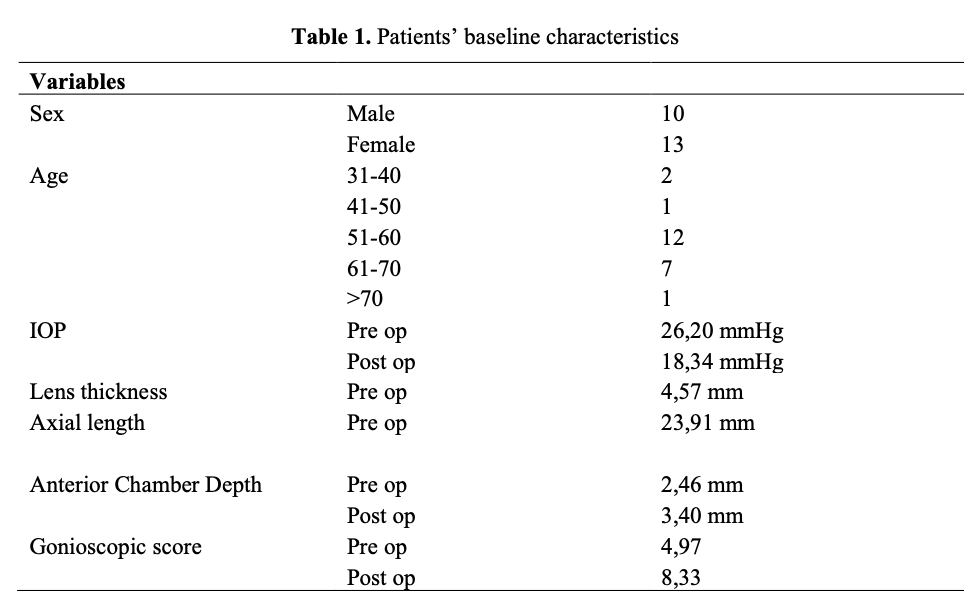INTRAOCULAR PRESSURE (IOP) IN CHILDREN WITH DEVELOPMENTAL DISABILITIES IN MALANG; WHICH TYPE OF DISABILITY IS MOST AT RISK? Oral Presentation - Observational Study - Resident
Abstract
Abstract
Introduction & Objectives : Visual disabilities are the highest percentage of disabilities affecting children under five years old at about 0.17%. Childhood glaucoma affects over 300,000 children worldwide. 6.8% of Cerebral palsy children have high IOP. Developmental disabilities children require services to manage eye development. There is not much data on their eye examinations, especially IOP. This study aimed to know IOP values in children with developmental disabilities based on the type of disabilities in Malang.
Methods : We measured IOP on 233 children with developmental disabilities, 6-19 years old, in 8 special education elementary schools, divided into 6 groups based on the types, namely autism, cerebral palsy, physical impairment, intellectual impairment, deafness and speech impairment, and others (with informed consent). IOP measurement using Icare Tonometer TA03, then categorized into 2 groups, normal and high IOP. Observation period 2019-2020.
Results : Tonometer measurement can be done in 320 eyes of 163 children, with mean age of 11.14 years old. The mean value of IOP was 18.62 mmHg, the lowest was 9.5 mmHg, and the highest was 31.1 mmHg (SD± 3.39). Eyes with normal lOP are 245 eyes (76.6.%) mostly from intellectual impairment and high IOP are 75 eyes (23.4.%) mostly from deafness and speech impairment.
Conclusion : There is a significant difference between IOP and type of developmental disability in children. Children with deafness and speech impairment have higher IOP than others, since they have high risk of ocular problems. IOP are influenced by outflow facility, aqueous humor production rate, episcleral venous pressure and uveoscleral flow rate.
Full text article
References
(-)
Authors

This work is licensed under a Creative Commons Attribution-NonCommercial-ShareAlike 4.0 International License.


